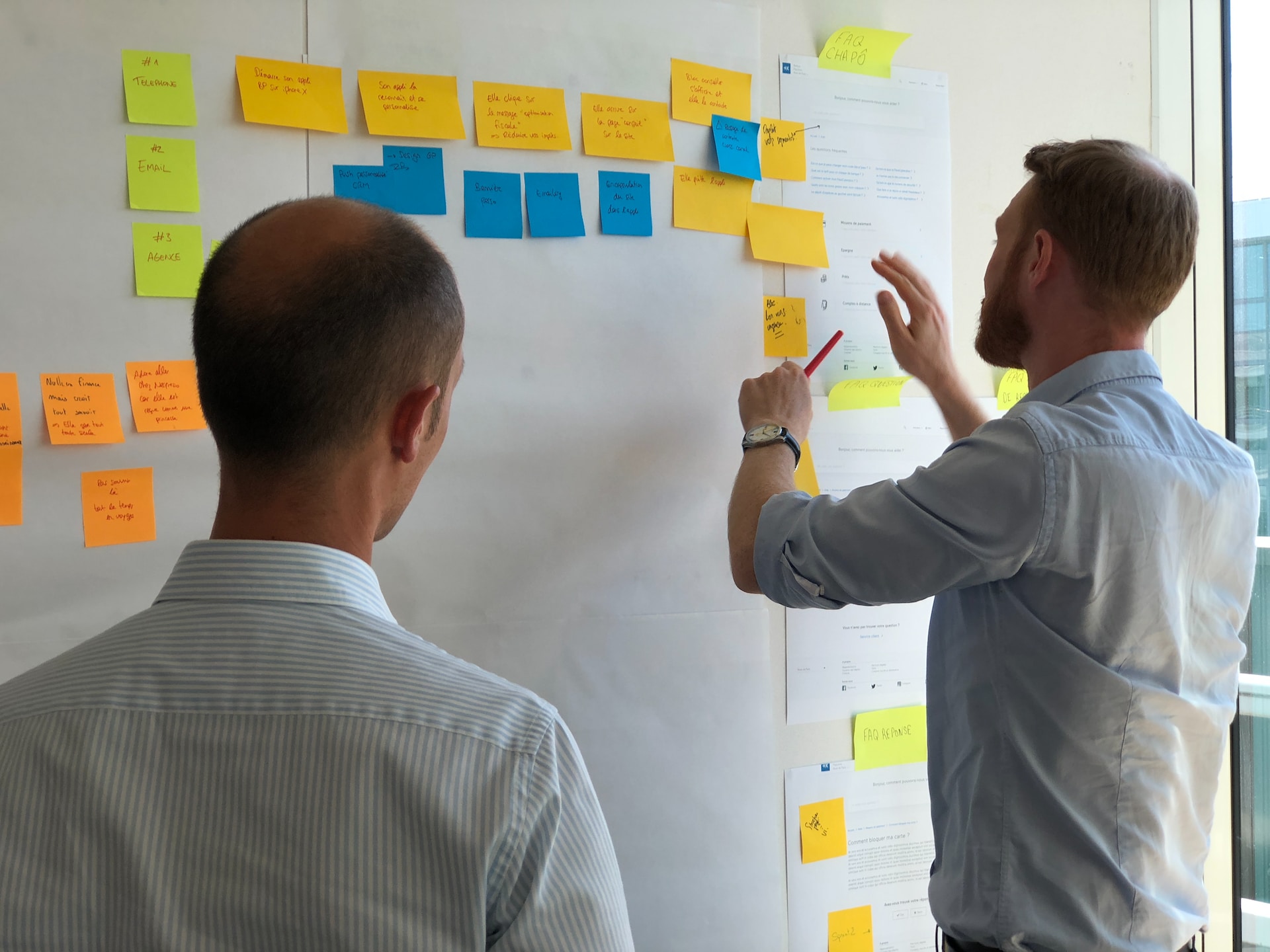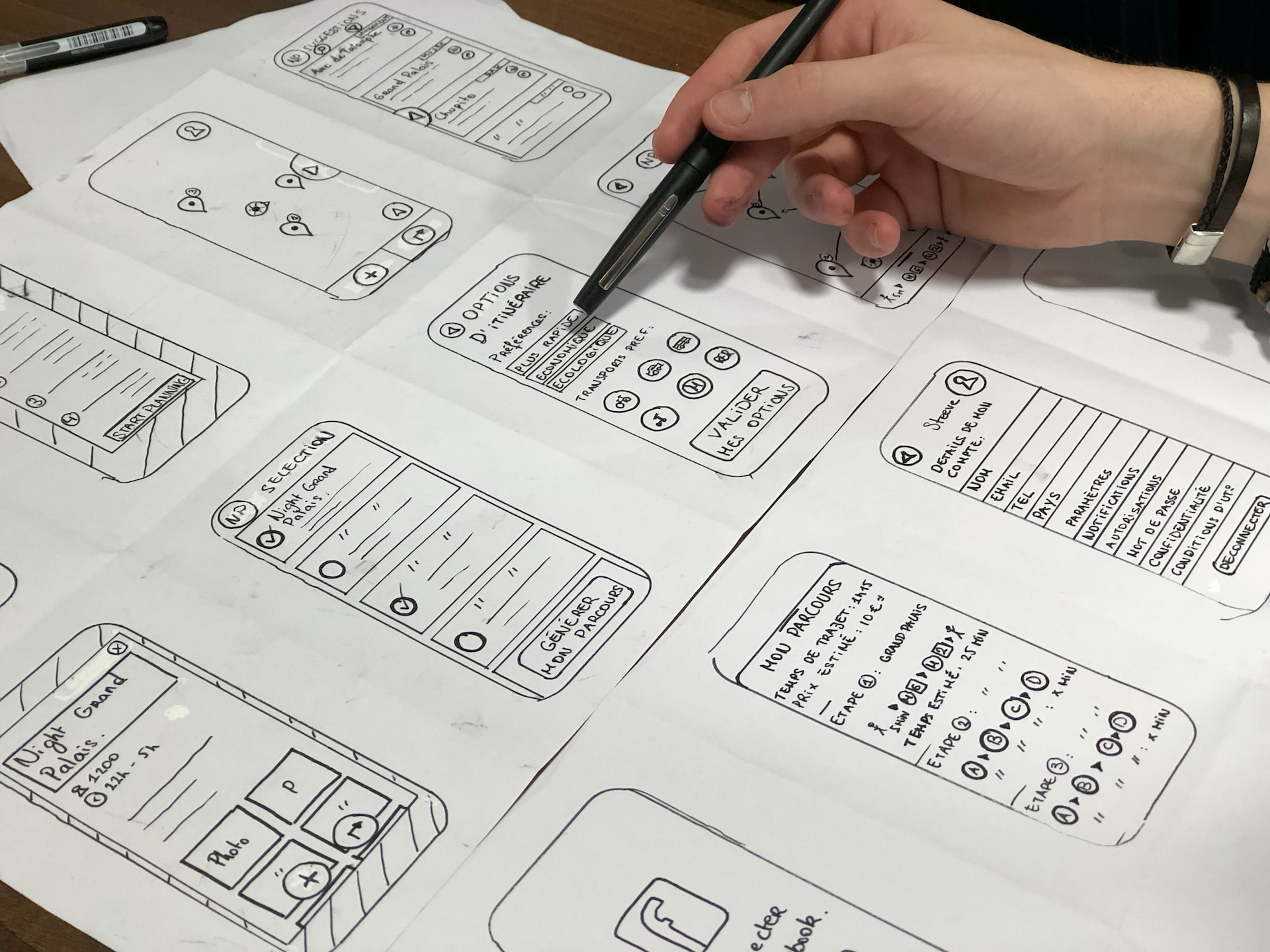Summary
Discover the essentials of product prototyping for product managers, including types of prototypes, best practices, and real-world examples to help you master this crucial aspect of product management.
Prototyping is an essential step in the creation process. A prototype allows you to test and validate your product ideas, ensuring they meet user needs and expectations. As a product manager, understanding the nuances of product prototyping is vital to successfully bringing products to market. This guide will delve into the world of prototyping, its various types, and best practices to help you master this crucial aspect of product management.
The Importance of Prototyping Your Products
Prototyping is a critical component of the product development process for several reasons:
- User validation: Prototyping allows you to validate your product concept with real users, ensuring it meets their needs and expectations before committing significant resources to development.
- Iteration: Creating a prototype enables you to iterate on your design, refining and improving it based on user feedback and testing results.
- Risk reduction: Prototyping reduces the risk associated with launching a new product, as it helps identify and address potential issues before they become costly problems during development or after launch.
- Team alignment: A prototype serves as a tangible representation of your product vision, helping align your team around a shared understanding of the product's goals and requirements.

Types of Prototypes
There are several types of prototypes, each with its purpose and benefits. As a product manager, understanding the differences between these types will help you choose the most suitable approach for your product.
Low-Fidelity Prototypes
Low-fidelity prototypes are simple representations of your product, focusing on basic functionality and layout. They can be created quickly and inexpensively, making them ideal for early-stage testing and validation. Examples of low-fidelity prototypes include:
- Paper prototypes: Hand-drawn sketches or printouts that represent the product's user interface and functionality.
- Wireframes: Basic digital representations of the product's layout, using simple shapes and placeholders for content and functionality.
- Clickable prototypes: Interactive wireframes or mockups that allow users to navigate through the product's interface and perform basic tasks.
High-Fidelity Prototypes
High-fidelity prototypes are more polished and detailed versions of your product, closely resembling the final product in terms of appearance and functionality. They are typically used for more advanced user testing and validation, as well as for pitching the product to stakeholders or investors. High-fidelity prototypes can include:
- Interactive mockups: Detailed, pixel-perfect representations of your product's user interface, complete with visuals, animations, and interactions.
- Functional prototypes: Fully functioning versions of your product, built using actual code and incorporating the product's intended features and functionality.
Best Practices for Product Prototyping
To make the most of your prototyping efforts, consider the following best practices:
1. Set Clear Goals and Objectives
Before starting the prototyping process, define the specific goals and objectives you want to achieve. These could include validating a specific feature, testing usability, or exploring different design options. Setting clear goals will help you focus your efforts and make the most of your prototyping process.
2. Choose the Appropriate Level of Fidelity
Select the appropriate level of fidelity for your prototype based on your goals and the stage of product development. In the early stages, low-fidelity prototypes can be invaluable for quickly testing and iterating on ideas. As your product matures, high-fidelity prototypes can provide more detailed insights into user interactions and help refine the final product.

3. Involve Users Early and Often
User feedback is critical to the success of your product. Engage users throughout the prototyping process to ensure your product meets their needs and expectations. This can be achieved through user interviews, usability testing, or even informal feedback sessions with potential users.
4. Iterate and Refine Your Prototype
One of the main benefits of prototyping is the ability to iterate and refine your product based on feedback and testing results. Don't be afraid to make changes to your prototype, as this process will help you identify potential issues and uncover opportunities for improvement.
5. Document Your Findings and Insights
As you conduct user testing and gather feedback, document your findings and insights. This information can help inform future product development efforts and ensure you are building a product that meets user needs and expectations.
6. Communicate Your Prototype's Purpose and Limitations
When sharing your prototype with users, stakeholders, or team members, be sure to communicate its purpose and limitations. This helps set expectations and ensures that everyone understands the prototype's intended use and the feedback you are seeking.
7. Don't Overthink It
Remember that a prototype is meant to be a work in progress, not a perfect representation of your final product. Don't get bogged down in the details or strive for perfection – focus on the critical aspects of your product and use the prototyping process to learn and iterate.
Examples of Successful Prototyping
To better understand the power of prototyping in product management, let's look at a few real-world examples:
- Apple: Apple's product development process is famously secretive, but it's known that the company places a strong emphasis on prototyping. In the development of the first iPhone, Apple reportedly created numerous prototypes, testing and refining the device's design and functionality before settling on the final version that would revolutionize the smartphone industry.
- Airbnb: In the early days of Airbnb, the founders used a low-fidelity prototype – a simple website with basic functionality – to test their idea and gather user feedback. This initial prototype allowed them to validate their concept and refine their offering before investing heavily in development.
Mastering Product Prototyping
Product prototyping is an essential aspect of the product management process, offering numerous benefits and opportunities for innovation. By understanding the different types of prototypes, implementing best practices, and learning from real-world examples, product managers can harness the power of prototyping to drive product success and meet the needs of their users.

Related Courses
AI Prototyping for Product Managers
Build your first AI prototype next week -- even if you have no coding skills
Technical Foundations & AI Prototyping for Product Managers
Two related skills in one course: master tech to speak the same language with your team. Use it to AI-prototype features or a side project.
AI Product Management Certification: Run Rapid Product Market Fit Experiments
This is a hands-on transformation blueprint. In just 4 weeks, you'll go from "hoping it works" to "knowing it will work"
Essentials of Product Management - HK version
Learn the skills & tactics to become a world-class PM, build winning products, and go after global PM opportunities with confidence.
You might also like

Becoming a Top Product Manager: Tips for Accelerating Your Career Growth

Mastering Competitive Positioning: A Comprehensive Guide for Product Managers

User Research: Selecting the Right Method

